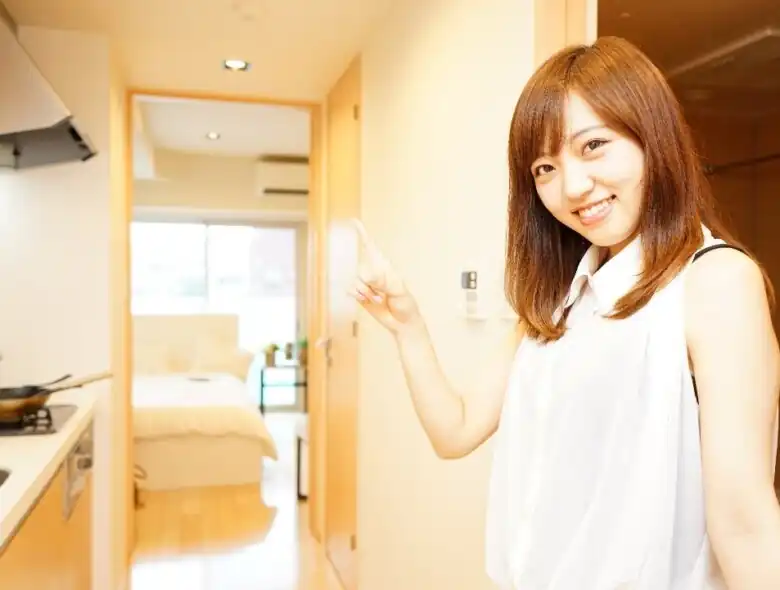A studio apartment is a typical layout for people living alone. However, many people may be wondering, “What exactly is the layout of a studio apartment?”, “What are the differences between 1K and 1DK?”, and “What are the advantages and disadvantages of a studio apartment?”
In this article, we will explain the characteristics of a studio apartment layout, the differences between 1K and 1DK, as well as their advantages and disadvantages. If you are wondering what kind of layout to choose for living alone, please use this article as a reference.
At Village House, we offer over 1,000 affordable properties all across Japan. If you are looking for a room, be sure to check out our website.
What are Common Studio Room Sizes and Layouts?
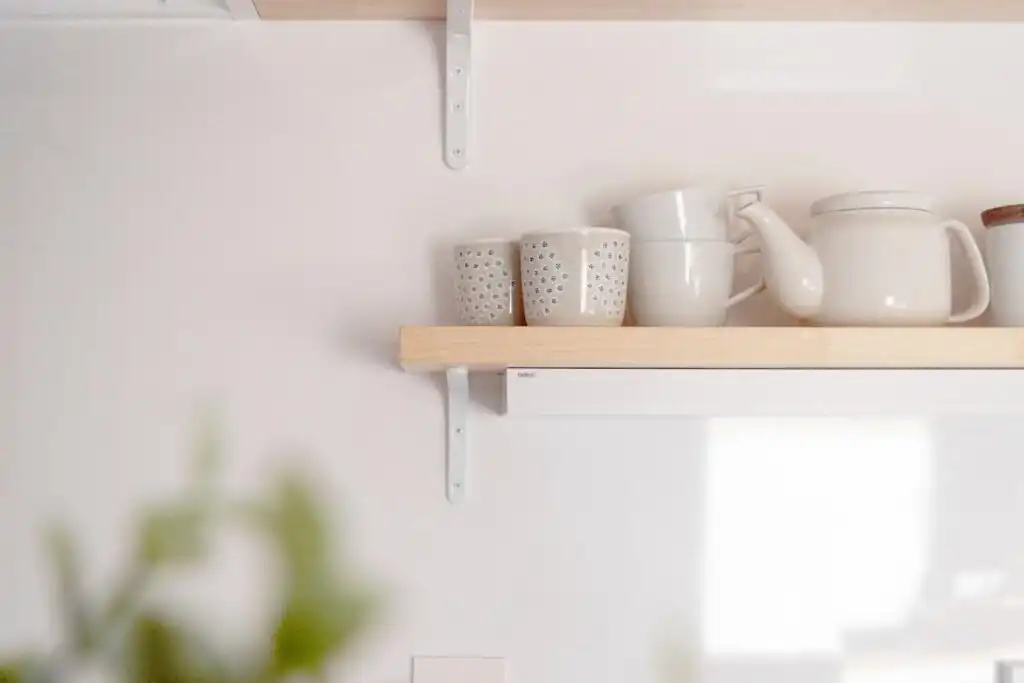
A studio apartment (One-Room) refers to a layout where the kitchen space and the living room are not separated. Therefore, there are no doors or partitions except for the toilet and bathroom. Additionally, studio apartments are sometimes written as “1R”. Studio apartments (One-Room) with a total area of more than 100 m2 are called studio-type apartments.
Common Layouts for Studio Apartments
Here, we will introduce five common layouts for studio apartments. Let’s take a look at the layouts of the rooms and the lifestyles they are suitable for.
- Corridor Type(A)
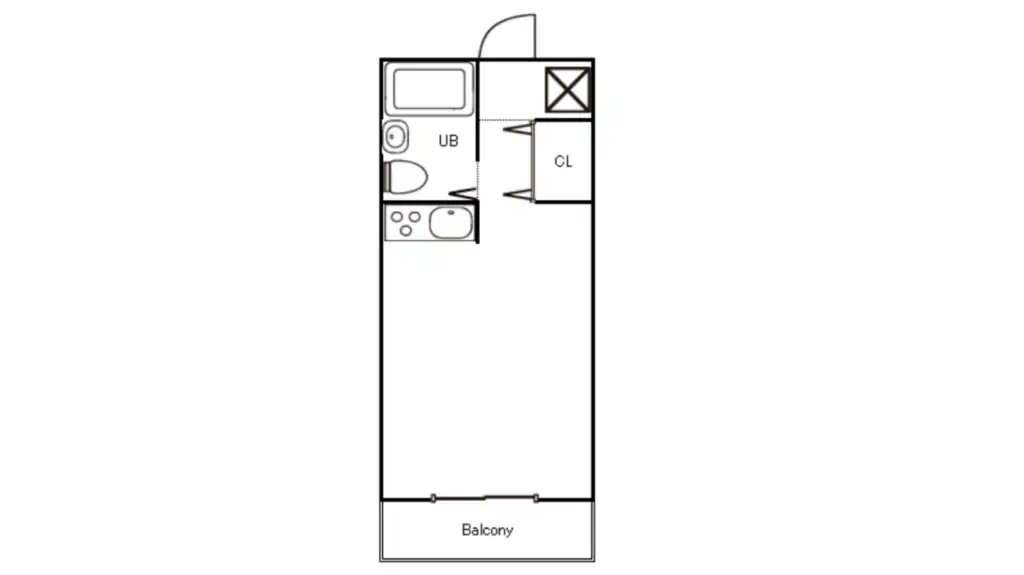
Corridor Type (A) rooms have a layout with facilities such as a unit bath (UB), or a closet (CL) on both sides of the entrance. It is a very common type of layout for studio apartments and 1K apartments. The distinctive feature is a corridor created between the facilities placed on both sides.
However, since the kitchen is located inside, there is a possibility that odors may build up indoors. Therefore, when viewing the property, it is a good idea to check the ventilation efficiency and whether adequate airflow can be maintained. Corridor Type (A) layout is suitable for those who actively cook at home.
- Corridor Type(B)
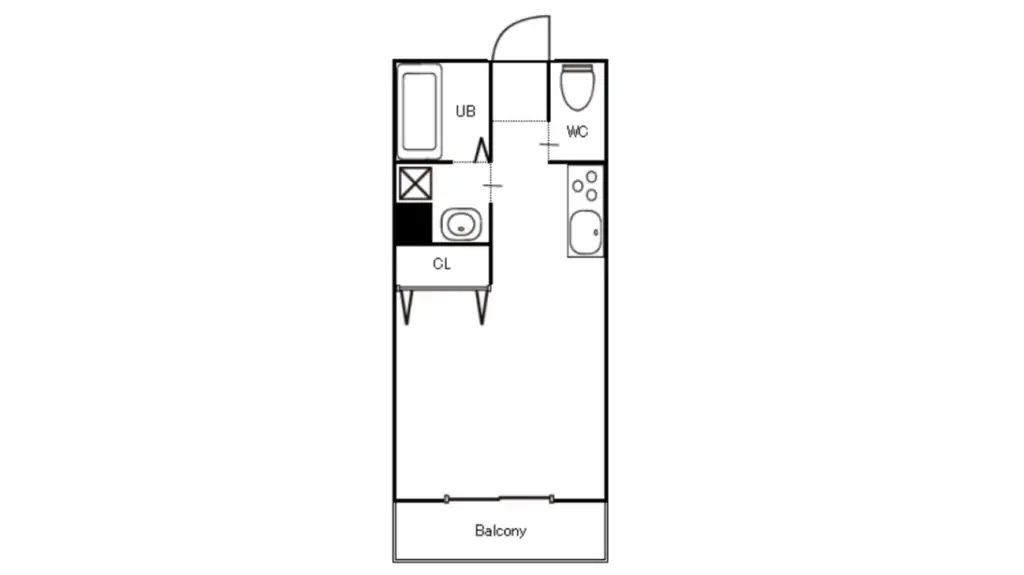
If you prefer having a separate bathroom and toilet rather than a unit bath, or if you don’t cook that often, we recommend Corridor Type (B). Since the facilities are concentrated near the entrance, including a dressing room and a separate bathroom and toilet, the living room is smaller than Corridor Type (A).
- Ultra-Compact Type
In prime urban locations, there is a tendency for ultra-compact layouts to be more common. These properties are often built on small plots of land in desirable areas, resulting in rooms that are very small or irregularly shaped.
In addition to the limited room size, these units may also have poor sunlight exposure, so it’s important to inspect them in person rather than relying solely on floor plans.
Ultra-compact properties are recommended for people who prioritize location over comfort and for those who enjoy creating their own unique interior living space.
- Loft Type
A Loft Type is a good choice for those who want to live a minimalist or simple lifestyle. While it saves space, it also features a loft area separate from the living space where you can relax comfortably.
Additionally, Loft-type layouts tend to be located in areas with good locations. This layout is recommended for people who eat out frequently or do not often invite others to their homes.
- Spacious Type
There is a common perception that studio apartments are small and cramped. However, Spacious Type studio apartments have an impressively spacious layout. Because there is a separate counter-style kitchen, it is possible to divide the living space.
Having a door between the entrance and the living room ensures privacy and can also help keep out the cold during winter. Additionally, Spacious Type studio apartments are relatively common in areas further from the city center, and despite their spacious interior space, they tend to have affordable rent.
However, Spacious Type studio apartments may be located far from the nearest station or require a car to get around, so be sure to check the location before considering one.
The Difference between Studio Apartments (One-Room) and 1K Apartments
A studio apartment (One-Room) layout does not have a separate kitchen space from the living room. On the other hand, “1K” refers to a layout where the kitchen space is separated from the living room. A 1K apartment has a kitchen space of less than 4.5 tatami mats in size.
The Difference between 1K and 1DK Apartments
The difference between a 1K and a 1DK is the size of the kitchen.
A 1K kitchen space is less than 4.5 tatami mats in size, while a 1DK kitchen space is between 4.5 tatami mats and 8 tatami mats in size. In addition, many 1DK apartments tend to be older, and with relaxed economic conditions, you may find properties with rents similar to those of 1K units.
Let’s Judge a Studio Apartment based on its Size
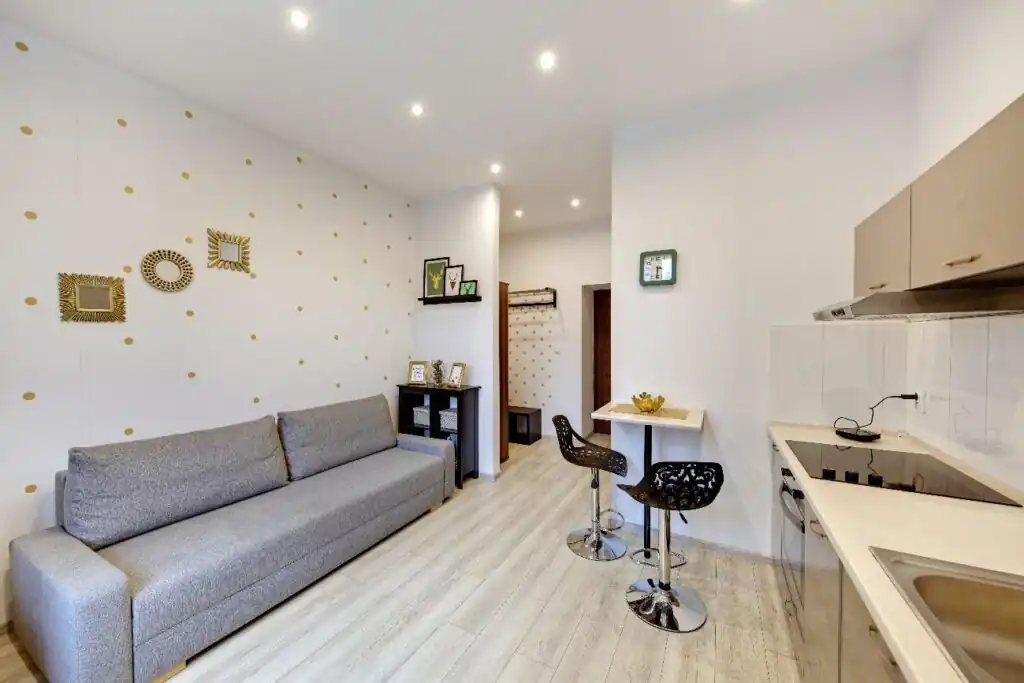
When considering studio apartments, please judge based on the size of the room (floor area). Seeing measurements like 6.5 or 8 tatami mats might make you think it’s spacious.
However, the studio room size includes the kitchen and entrance. Therefore, a studio apartment labeled with a size of 6.5 tatami mats will have an actual living space of about 4.5 tatami mats, while an apartment labeled with the size of 8 tatami mats will have an actual living space of about 6 tatami mats, making it feel smaller than you expected.
On the other hand, in a 1K property, the kitchen space and the living room are separated, so if it’s labeled 8 tatami mats, the living room excluding the kitchen space will be 8 tatami mats, ensuring a more spacious feel.
Studio Apartments Can Help You Save Money! Top Advantages of Studio Apartments

Low Rent
Studio apartments tend to have lower rent compared to 1K and 1DK. Even if the size is almost the same as a 1K, the rent for a studio apartment is often lower. If you’re looking to keep your rent low to save money, a studio apartment is recommended.
There Are no Partitions for an Open Feel
There are no partitions or doors between the kitchen space and the living space, creating an open space. For those who dislike the enclosed feeling of a 1K apartment, a studio apartment is recommended. Additionally, being able to oversee the entire room at a glance provides peace of mind in terms of security.
Minimal Temperature Difference within the Room
One characteristic of studio apartments is the absence of partitions, creating a single space and resulting in minimal temperature differences within the room. Moreover, when you turn on the air conditioner, the wind spreads throughout the room, making it easy to regulate the temperature.
Easy to Clean
Another advantage of a studio apartment is that you can clean the room with just a vacuum cleaner. A studio apartment is recommended for people who want to keep their room clean or don’t want to spend a lot of time cleaning.
Consider if the Open Space Layout of a Studio Apartment Works for You. Top Disadvantages of Studio Apartments

When You Open the Door, You Can See Inside
One disadvantage of studio apartments is that there are no partitions or doors, so the living space can be seen as soon as you open the front door. When dealing with delivery people at the front door, your private space can be seen, which may be stressful for people who don’t want their interior to be seen.
Cooking Smells Spread Easily throughout the Room
Since there’s a kitchen within the same room, cooking will fill the entire room with the smell of food. Measures such as installing ventilation fans or opening windows for ventilation are necessary to prevent cooking odors from clinging to clothes, curtains, and other items in the room.
The Indoor Temperature Changes Easily when the Door is Opened
In a studio apartment, since the entrance is immediately connected to the room, opening the door allows outside air to enter, causing the indoor temperature to change easily. Therefore, it’s important to be mindful when entering the room to prevent outside air from entering.
Many Properties are Small
As mentioned earlier, the measurement of tatami mats indicated for studio apartments includes the kitchen and corridor. Therefore, even if it’s labeled as 6 tatami mats, in reality, only around 4 tatami mats may be available for use as living space. While it’s compact and easy to manage, those with many belongings may find it disadvantageous as furniture, appliances, and clothing may not fit as desired.
Although studio apartments have the advantage of low rent, they also have some disadvantages to keep in mind. However, depending on how you use it and the layout, it is possible to live comfortably in a studio apartment.
If you’re looking for rental properties, please check out the Village House website. We offer a wide selection of affordable rooms starting from 20,000 yen all across Japan.
Related articles:
- What is the Layout of a Studio Apartment? Advantages, Disadvantages, and Differences to 1K and 1DK Explained!
- Is a 20-Minute Walk to the Station too Far? Find Out if an Apartment at a Farther Walking Distance is the Right Choice for You!
- Renter’s Remorse: Top 5 Regrets People Have for Renting Expensive Apartments
- Suitable Apartment Layouts for Couples – Find Out Which is Best for You and Your Partner!
- Looking for a New Home? Avoid These Apartment Floor Plans!

Hello, I’m Machiko Doi, a freelance writer who writes about housing and living in Japan.
I live in an 80-year-old house that I inherited from my grandparents along with my two shelter cats and daughter.
We live a relaxed life while repairing the house.
I like to cook vegetables from the garden and fresh fish caught by my father, and enjoy them with cold beer on a hot day or hot sake on a cold day.


